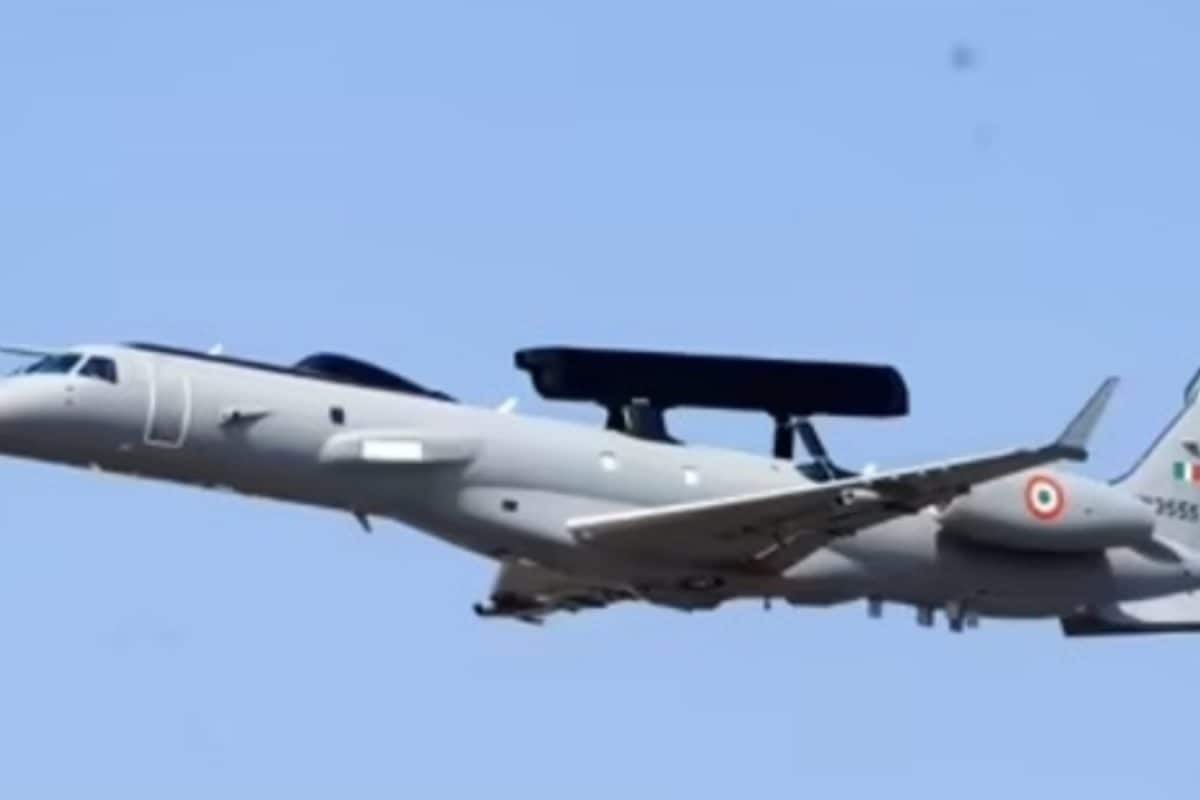

The Indian Air Force (IAF) is poised to significantly enhance its airborne surveillance and control capabilities with the acquisition of six additional Netra Mk-1A Airborne Early Warning and Control (AEW&C) systems. This strategic move aims to nearly triple the IAF's existing AEW&C fleet, addressing critical gaps in its air defense architecture and providing a robust response to evolving regional security challenges.
The Netra Mk-1A is an upgraded version of the DRDO-developed Netra Mk-1 AEW&C system, which has already proven its mettle in high-stakes scenarios such as the 2019 Balakot airstrike and the recent Operation Sindoor. The airframes for the Netra Mk-1A will be sourced from Brazilian aerospace giant Embraer, with modifications and integration of advanced indigenous technologies carried out by the Centre for Airborne Systems (CABS) under the Defence Research and Development Organisation (DRDO). The overall acquisition is estimated to cost approximately Rs 9,000 crore.
The Netra Mk-1A system is mounted on the Embraer ERJ-145 platform and features an indigenous Active Electronically Scanned Array (AESA) radar, providing 240-degree coverage and a significantly enhanced detection range of approximately 450 km, a substantial upgrade from the Mk-1's 200 km range. The system is also equipped with enhanced mission suites, improved human-mission interfaces, advanced data links, and a robust electronic warfare suite, making it a critical force multiplier for air defense, reconnaissance, and mission control.
These advanced systems will function as "eyes in the sky," capable of detecting and tracking all flying objects, including incoming fighters, cruise missiles, and drones, much faster than ground-based radars. They can also serve as aerial control rooms for missions and keep track of maritime activity.
A key feature of the Netra Mk-1A is its enhanced capability to detect stealth aircraft. It incorporates cutting-edge Gallium Nitride (GaN)-based Transmit/Receive (T/R) modules, specifically fine-tuned to detect low Radar Cross Section (RCS) targets, such as stealth aircraft, at extended ranges. This is particularly important in light of the growing number of stealth aircraft being inducted into neighboring countries' air forces.
The integration of indigenous mission systems aligns with India's vision of achieving self-reliance in defense under the Atmanirbhar Bharat initiative, reducing dependence on foreign AEW&C platforms and ensuring greater operational sovereignty.
The IAF also plans to induct six Netra Mk-2 AEW&C systems, which will be mounted on Airbus A321 aircraft and provide 300-degree coverage. Furthermore, the DRDO is working on a Netra Mk3, which aims for full 360-degree coverage with a dome-based AESA radar.